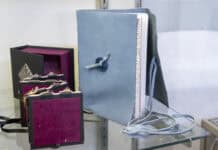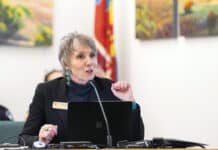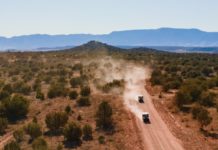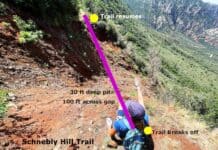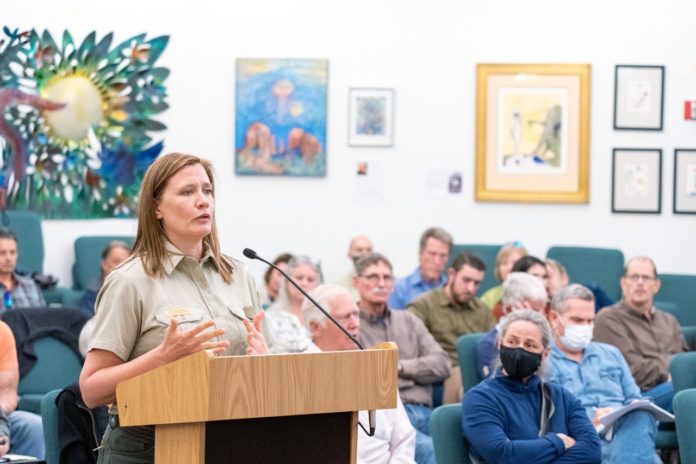
The city of Sedona has informed the U.S. Forest Service that regarding powersports on public lands, the city wants to see tighter regulations and not just soft-touch measures like visitor education.
During its regular meeting on Tuesday, Oct. 26, the Sedona City Council voted unanimously to adopt a letter that formally asks the U.S. Forest Service to implement a permit system on off-highway vehicle routes in and around Sedona, similar to the system implemented in 2017 on Soldier Pass Road.
Soldier Pass Road now requires motorized users to purchase a $6 permit, of which 12 per day are available. The letter notes that other roads would have different levels of use than this route, which is designated for low volume in the Coconino National Forest plan.
The letter to USFS requests “a limited entry permit system for motorized use trails in the greater Sedona area” and lists a litany of concerns about growing OHV use, including dust, noise, environmental damage and reckless driving.
The letter also expresses thanks to the agency “for the attention the USFS has already given to these issues.”
“The city recognizes that this is a complex issue with no easy solutions,” the letter continues, before thanking USFS for recent actions, including the partnership organized by the Sedona Chamber of Commerce, the Red Rock OHV Conservation Crew.
Tinderholt Answers Blunt Questions
Red Rock District Ranger Amy Tinderholt attended the meeting, gave a presentation and fielded numerous questions from council members.
Vice Mayor Scott Jablow expressed a desire to see some sort of concrete action from USFS on OHV management.
“There’s no change,” Jablow said. “When are we going to come to an end? With all that working with the community, when are we going to have some results of change? Some kind of change. Measurable change that we can see.”
Tinderholt told the council that she thinks local stakeholders are making progress, and she wants to give the partnerships and recently planned initiatives a chance to work, before considering any restrictions to use.
“I feel like we’ve got some good momentum,” Tinderholt said, “and I feel like we can take some really good actions over the next few years that’s going to lead us to make the best long-term decisions, and that’s the space that I would like to have to work with our staff, our cooperators and our community members.”
Tinderholt said that if adopted, the city’s request for permits would be shared up the chain of command and Coconino National Forest would issue a response, but she made it clear that the district does not plan to implement any new permit systems on the Sedona area OHV routes.
“Ultimately the last thing that we consider — and it really is — is restricting public access to our public forests,” Tinderholt said, adding that there are no OHV trails in the area where “the district would want to commit to undertaking a limited entry study,” including the Broken Arrow Trail, an area of focus during the council’s question period.
Closure Threat
In a letter to Verde Valley OHV companies in July, Coconino Forest Supervisor Laura Jo West had threatened the possibility of road closures, but she also wrote that, “I would like to avoid a closure of OHV routes in the greater Sedona area.”
One rule-change that Tinderholt appeared to be open to was restricting hours of operation on trails like Broken Arrow to the daytime. One resident of the Broken Arrow neighborhood at the meeting said people regularly drive the Broken Arrow trail at night using bright headlights and sometimes playing music.
Tinderholt told the council that limiting hours of operation on a trail could theoretically be implemented with a forest order.
The vote to adopt the letter to USFS came after more than three hours of discussion, including more than an hour of public comments, nearly all expressing support for the city’s request.
Several residents described their view that parts of the national forest have been changed for the worse because of powersports.
Whatever the agency ends up doing, no one can accuse it of not hearing the frustrations and concerns that many local stakeholders have over the increase of motorized recreation around Sedona; Tinderholt sat a few feet from the public lectern throughout the public comment time, periodically jotting down notes as residents from in and around Sedona described their experiences with OHVs.




